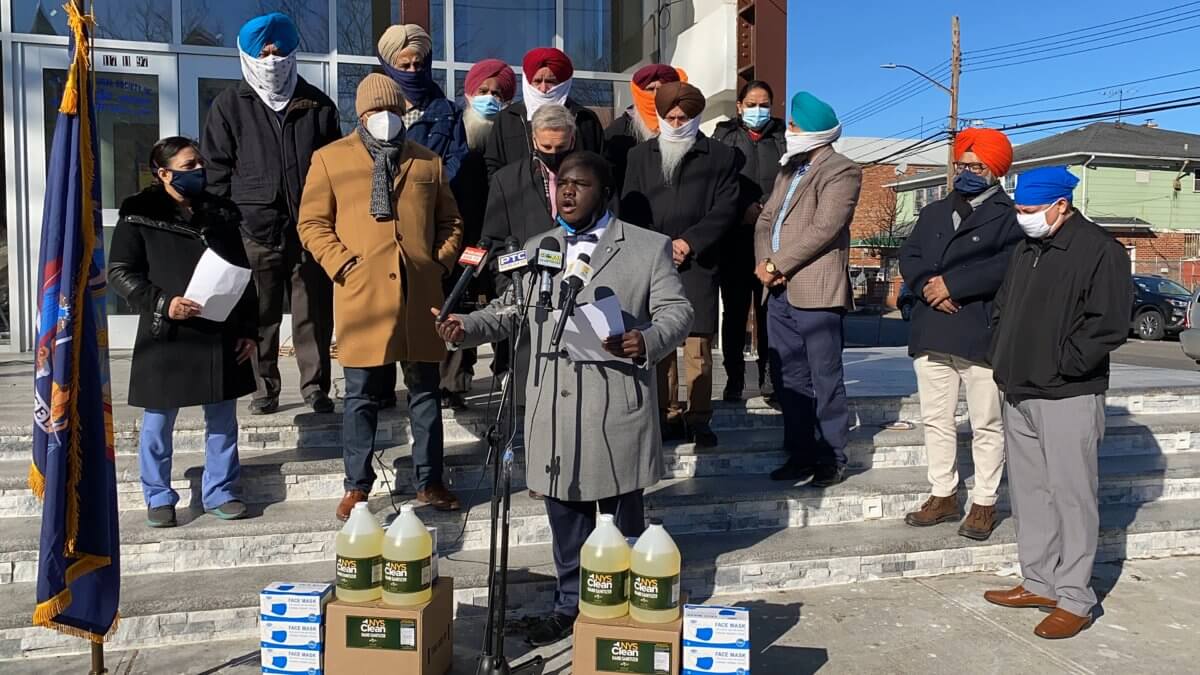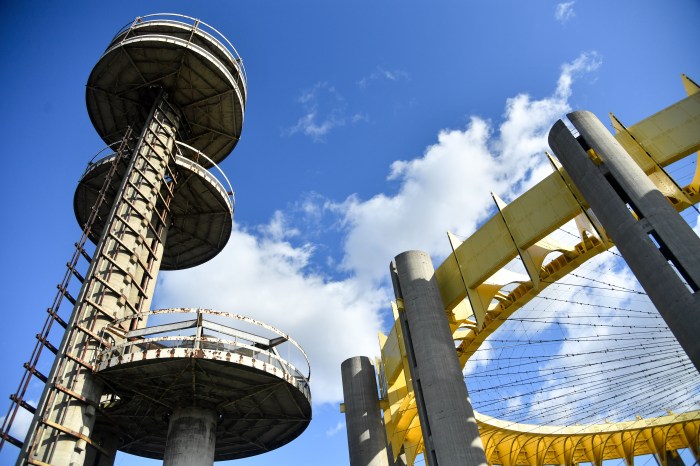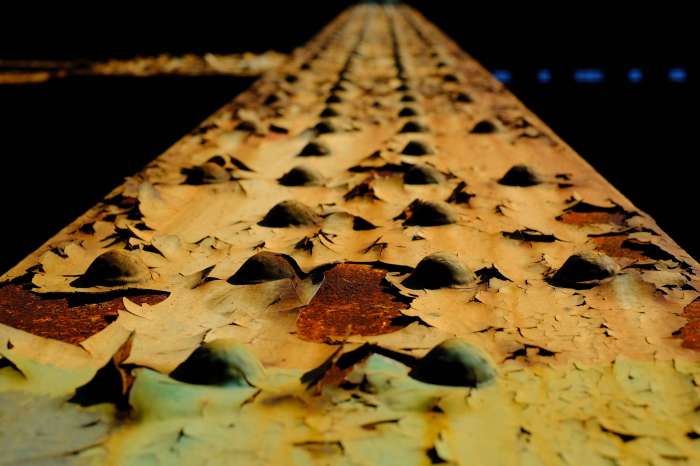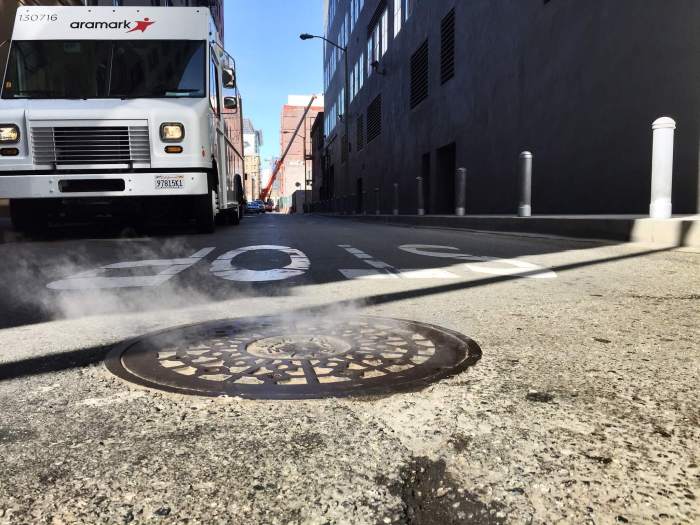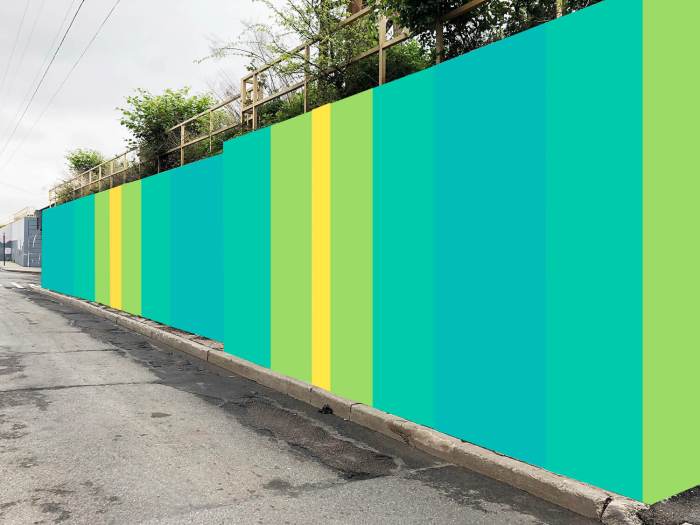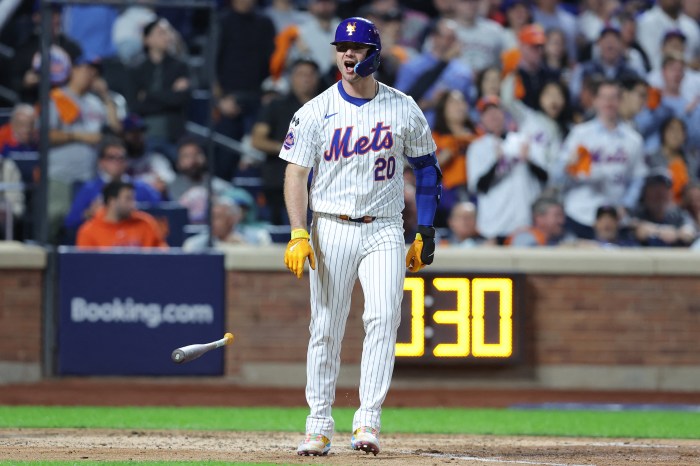After watching as too many of his constituents in southeast Queens struggled with the city’s beleaguered COVID-19 vaccination rollout, Councilman I. Daneek Miller sponsored legislation to create vaccine equity and an improved distribution system.
Resolution 1535 calls on the state Legislature to pass, and Governor Andrew Cuomo to sign, legislation that would allow local health departments to implement changes to improve the vaccination program so that it meets the needs of the city’s vulnerable and hardest hit communities of color.
“Before the first vaccine was ever distributed in New York City, my colleagues and I called for the prioritization of vaccine distribution to communities hardest hit by this deadly pandemic,” Miller said. “We called for a real-time, data-driven dashboard that would identify, where, when, and how the vaccine is distributed after witnessing the disproportionate impact of COVID-19 on communities of color. Months later, we are seeing the same disparity in vaccine access, complicated by the discontinuity between the City and State. With this resolution, we are quantifying our months-long fight for vaccine equity, and taking the necessary steps to ensure that communities of color, essential workers, and our most vulnerable receive priority access to the vaccine.”
Despite being the “epicenter of the epicenter,” outer borough Black, Latino and Asian communities that endured the worst of the pandemic have been inoculated at far lower rates than their white counterparts. New York City residents lack easy access to vaccination appointments and according to city data they have been forced to wait weeks, if not months, before they are able to schedule a vaccination appointment.
“Vaccines have yet to be in abundance, but vaccinations from the city’s existing stock continue to lag in our hardest hit Black, Brown and Asian communities,” said Councilwoman Adrienne Adams, who is co-chair of the Black, Latino and Asian Caucus. “Despite having the highest COVID-19 positivity rates, my district’s Richmond Hill, South Ozone Park and South Jamaica communities are among those with the lowest number of COVID-19 vaccinations. If these disparities are not swiftly addressed in the manner proposed by Resolution 1535, these neighborhoods will soon find themselves at the mercy of the rapidly spreading vaccine resistant coronavirus variants that have the potential to cause a level of devastation greater than what they have already suffered.”
Since the recent expansion of eligibility, the need for immediate reform to the city’s vaccination efforts is even more necessary as New Yorkers with underlying health conditions seek out vaccination appointments to protect themselves and their loved ones. Miller’s resolution includes language calling on the immediate implementation of a vaccine appointment stand-by list, a vaccination hotline to make appointments in real-time, and a map of currently operating vaccine distribution sites to create a more seamless and accessible vaccination network.
“Now that we have the data, what we’ve known has been confirmed, there’s an equity and access issue,” Councilman Francisco Moya said. “The neighborhoods and communities hardest hit by COVID-19 should not have the lowest vaccination rate. These are Latino, Black, and immigrant communities, essential workers, and seniors in my district and across New York City. Instead of fighting this pandemic, we are fighting for equitable vaccine distribution. This resolution will help change the course of action of how the most vulnerable are prioritized.”
Newly elected Assemblyman Khaleel Anderson represents Rockaway, where the racial disparity in vaccine distribution was revealed in city data. Twenty-seven percent of the residents of the mostly white enclave of Breezy Point have received their first inoculations of CODID-19 vaccine while just 4 percent of residents of the mostly minority neighborhoods of Far Rockaway, Arverne and Edgemere have received a shot.
“The creation of a vaccination hotline to make appointments in real-time is a particularly pertinent part of this resolution because it may benefit members of our communities with less access to the internet to make vaccination appointments,” Anderson said. “We have recently seen industrious New Yorkers build independent websites and use social media to bring clarity to vaccination availability; while we appreciate these efforts, innovations like these, via phone or online, must ultimately be the responsibility of the government.”

